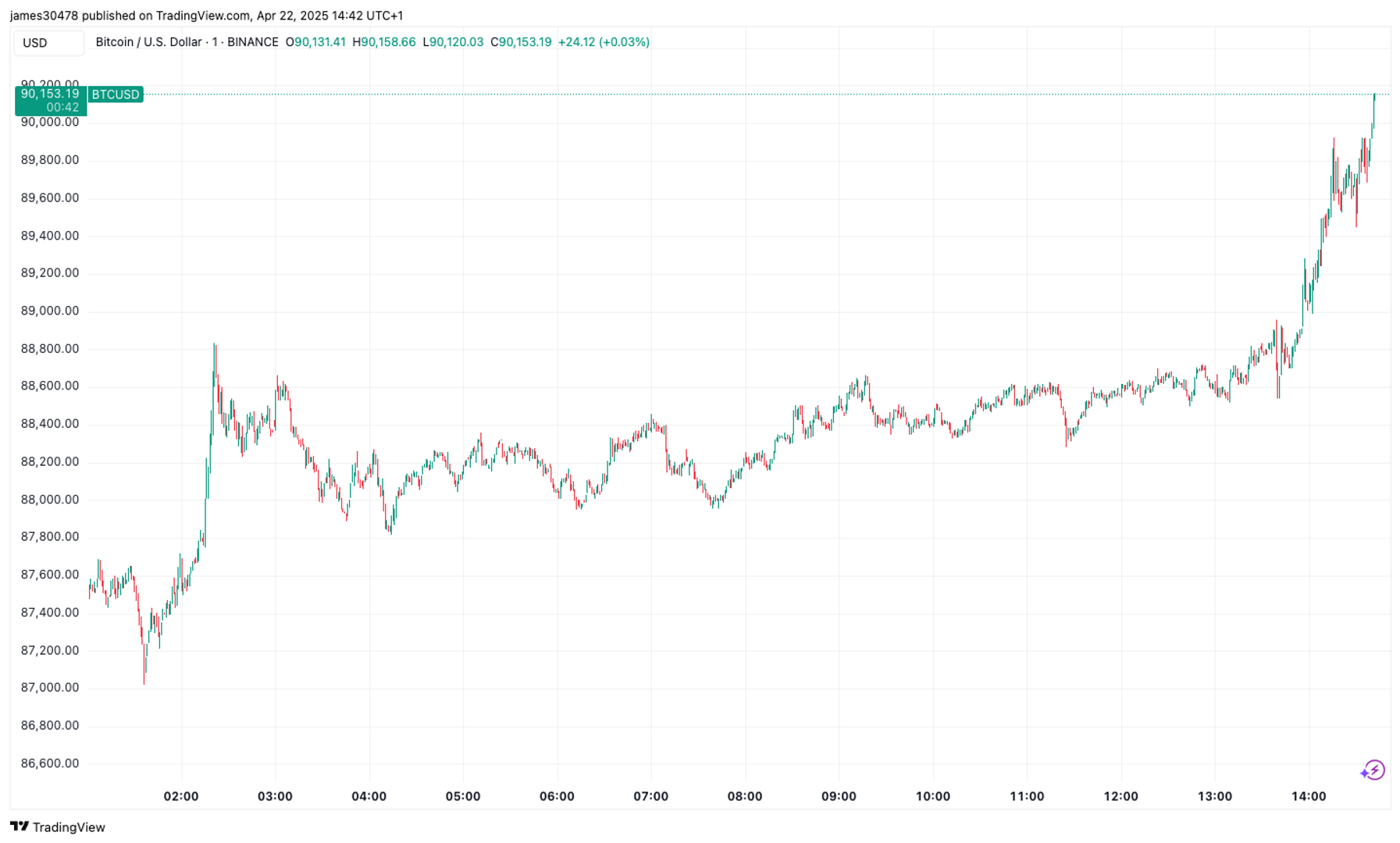TS2313: Type parameter '{0}' has a circular constraint
TS2313: Type parameter '{0}' has a circular constraint TypeScript is a strongly-typed superset of JavaScript, designed to add static typing and other features to improve the development of complex applications. It allows developers to define the types of variables, functions, and more, providing better tooling, catching errors during development, and creating more maintainable codebases. One of its key features is its flexible type system, which includes types, interfaces, enums, and generics. Types, specifically, are used to define the shape of data and enforce restrictions on the kinds of values that can be assigned to variables or function parameters. If you're looking to master TypeScript and want to stay ahead with expert knowledge, consider subscribing to our blog or using tools like GPTeach to learn how to code efficiently and advance your understanding of TypeScript. What are types? Types in TypeScript allow developers to describe and enforce the structure of values. With types, you can ensure correctness by statically specifying what a variable or function should look like. For example: let name: string = "John"; // 'name' must always be a string let age: number = 25; // 'age' must always be a number function add(a: number, b: number): number { return a + b; } Types are a core mechanism in TypeScript that eliminate runtime bugs caused by incorrect data input. For example, the compiler will throw an error if you try to assign a string to age or pass a string to the add function instead of a number. TS2313: Type parameter '{0}' has a circular constraint This error, TS2313: Type parameter '{0}' has a circular constraint, occurs when you define a generic type (a reusable type definition with placeholders for specific types) where a type parameter depends on itself in a circular manner. Essentially, it means there is some kind of self-referencing cycle in the type definitions, which TypeScript cannot process correctly. Generics in TypeScript are powerful tools that allow you to define reusable and flexible components. However, when misused, such as with circular constraints, they can cause confusion and result in this error. Why does TS2313: Type parameter '{0}' has a circular constraint occur? This error happens when you accidentally create a circular dependency between type constraints in generics. A type constraint (a restriction on what a type can be) is often used in TypeScript to narrow the possible types for a generic, but if a type depends on itself, TypeScript detects this and throws the error. Consider this example, where the error occurs: // This generic 'T' has a circular constraint type Example = T; Here, the type parameter T is constrained by Example, which itself depends on the definition of T. This creates a circular relationship that TypeScript flags as invalid. In this context: T depends on Example existing. But Example depends on T being fully defined. TypeScript cannot resolve this circular dependency, so it throws TS2313: Type parameter '{0}' has a circular constraint. How to Fix TS2313: Type parameter '{0}' has a circular constraint To resolve this error, we need to identify and break the circular constraint. This typically involves rethinking how the types are structured. For example, the issue may be addressed by using a different type hierarchy or by removing the direct dependency on the type itself. Here’s an example of a corrected version: // Remove direct circular reference interface ExampleBase { /* basic structure here */ } type Example = T; By introducing a base interface for the type T to extend, we eliminate the circular constraint. Now, T is constrained by ExampleBase, rather than recursively depending on itself. Here’s another practical, day-to-day example: // Original type causing the error type Node = { value: string; child: T; }; // Fixed type without circular constraint interface NodeBase { value: string; } type Node = NodeBase & { child: T; }; In this fix, Node now extends from a simpler base interface, NodeBase, which avoids the circular constraint. Important to know! When working with generics: Always ensure that type constraints do not form a cycle. Look at how type parameters (placeholders for actual types) are constrained and verify there are no recursive dependencies. Simplify type definitions by introducing base types or interfaces where necessary. These practices can help you avoid TS2313: Type parameter '{0}' has a circular constraint and maintain cleaner, more understandable type structures. Frequently Asked Questions (FAQ) Q: What are generics in TypeScript? A: Generics allow the creation of reusable components that can work with a variety of types while still being type-safe. For example: function identity(arg: T): T { return arg; } This function works with any type provided, maintaini

TS2313: Type parameter '{0}' has a circular constraint
TypeScript is a strongly-typed superset of JavaScript, designed to add static typing and other features to improve the development of complex applications. It allows developers to define the types of variables, functions, and more, providing better tooling, catching errors during development, and creating more maintainable codebases. One of its key features is its flexible type system, which includes types, interfaces, enums, and generics. Types, specifically, are used to define the shape of data and enforce restrictions on the kinds of values that can be assigned to variables or function parameters.
If you're looking to master TypeScript and want to stay ahead with expert knowledge, consider subscribing to our blog or using tools like GPTeach to learn how to code efficiently and advance your understanding of TypeScript.
What are types?
Types in TypeScript allow developers to describe and enforce the structure of values. With types, you can ensure correctness by statically specifying what a variable or function should look like. For example:
let name: string = "John"; // 'name' must always be a string
let age: number = 25; // 'age' must always be a number
function add(a: number, b: number): number {
return a + b;
}
Types are a core mechanism in TypeScript that eliminate runtime bugs caused by incorrect data input. For example, the compiler will throw an error if you try to assign a string to age or pass a string to the add function instead of a number.
TS2313: Type parameter '{0}' has a circular constraint
This error, TS2313: Type parameter '{0}' has a circular constraint, occurs when you define a generic type (a reusable type definition with placeholders for specific types) where a type parameter depends on itself in a circular manner. Essentially, it means there is some kind of self-referencing cycle in the type definitions, which TypeScript cannot process correctly.
Generics in TypeScript are powerful tools that allow you to define reusable and flexible components. However, when misused, such as with circular constraints, they can cause confusion and result in this error.
Why does TS2313: Type parameter '{0}' has a circular constraint occur?
This error happens when you accidentally create a circular dependency between type constraints in generics. A type constraint (a restriction on what a type can be) is often used in TypeScript to narrow the possible types for a generic, but if a type depends on itself, TypeScript detects this and throws the error.
Consider this example, where the error occurs:
// This generic 'T' has a circular constraint
type Example<T extends Example<T>> = T;
Here, the type parameter T is constrained by Example, which itself depends on the definition of T. This creates a circular relationship that TypeScript flags as invalid. In this context:
-
Tdepends onExampleexisting. - But
Exampledepends onTbeing fully defined.
TypeScript cannot resolve this circular dependency, so it throws TS2313: Type parameter '{0}' has a circular constraint.
How to Fix TS2313: Type parameter '{0}' has a circular constraint
To resolve this error, we need to identify and break the circular constraint. This typically involves rethinking how the types are structured. For example, the issue may be addressed by using a different type hierarchy or by removing the direct dependency on the type itself.
Here’s an example of a corrected version:
// Remove direct circular reference
interface ExampleBase { /* basic structure here */ }
type Example<T extends ExampleBase> = T;
By introducing a base interface for the type T to extend, we eliminate the circular constraint. Now, T is constrained by ExampleBase, rather than recursively depending on itself.
Here’s another practical, day-to-day example:
// Original type causing the error
type Node<T extends Node<T>> = {
value: string;
child: T;
};
// Fixed type without circular constraint
interface NodeBase {
value: string;
}
type Node<T extends NodeBase> = NodeBase & {
child: T;
};
In this fix, Node now extends from a simpler base interface, NodeBase, which avoids the circular constraint.
Important to know!
When working with generics:
- Always ensure that type constraints do not form a cycle.
- Look at how type parameters (placeholders for actual types) are constrained and verify there are no recursive dependencies.
- Simplify type definitions by introducing base types or interfaces where necessary.
These practices can help you avoid TS2313: Type parameter '{0}' has a circular constraint and maintain cleaner, more understandable type structures.
Frequently Asked Questions (FAQ)
Q: What are generics in TypeScript?
A: Generics allow the creation of reusable components that can work with a variety of types while still being type-safe. For example:
function identity<T>(arg: T): T {
return arg;
}
This function works with any type provided, maintaining the flexibility to enforce the type's correctness.
Q: How can I identify circular constraints in my code?
A: Review how your generics depend on each other. Look for type relationships where one type parameter depends on itself, either directly or indirectly.
Q: Does this error impact runtime performance?
A: No, this error only impacts the compilation phase. It is a design-time (compile-time) error, meaning it is caught before the code is executed.
Important to know!
- Generics should only use constraints (the
extendskeyword in definitions) to enforce meaningful, non-circular relationships between types. - Avoid overcomplicating type definitions. Strive for simplicity while still ensuring strict correctness.
By understanding and avoiding circular constraints, you can write more effective generic types and avoid the TS2313: Type parameter '{0}' has a circular constraint error. TypeScript's type system is robust, so staying informed and following best practices will make your development smoother and more productive.










































































































































































![[The AI Show Episode 144]: ChatGPT’s New Memory, Shopify CEO’s Leaked “AI First” Memo, Google Cloud Next Releases, o3 and o4-mini Coming Soon & Llama 4’s Rocky Launch](https://www.marketingaiinstitute.com/hubfs/ep%20144%20cover.png)



































































































































![From fast food worker to cybersecurity engineer with Tae'lur Alexis [Podcast #169]](https://cdn.hashnode.com/res/hashnode/image/upload/v1745242807605/8a6cf71c-144f-4c91-9532-62d7c92c0f65.png?#)























![BPMN-procesmodellering [closed]](https://i.sstatic.net/l7l8q49F.png)
























-Jack-Black---Steve's-Lava-Chicken-(Official-Music-Video)-A-Minecraft-Movie-Soundtrack-WaterTower-00-00-32_lMoQ1fI.png?width=1920&height=1920&fit=bounds&quality=70&format=jpg&auto=webp#)


























































































_Brain_light_Alamy.jpg?width=1280&auto=webp&quality=80&disable=upscale#)

















































































































![Mac Shipments Up 17% in Q1 2025 Fueled by New M4 MacBook Air [Chart]](https://www.iclarified.com/images/news/97086/97086/97086-640.jpg)
![Next Generation iPhone 17e Nears Trial Production [Rumor]](https://www.iclarified.com/images/news/97083/97083/97083-640.jpg)
![Apple Releases iOS 18.5 Beta 3 and iPadOS 18.5 Beta 3 [Download]](https://www.iclarified.com/images/news/97076/97076/97076-640.jpg)
![Apple Seeds visionOS 2.5 Beta 3 to Developers [Download]](https://www.iclarified.com/images/news/97077/97077/97077-640.jpg)





























































































































